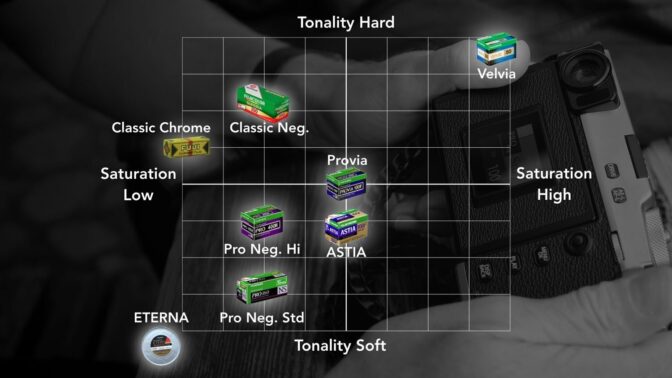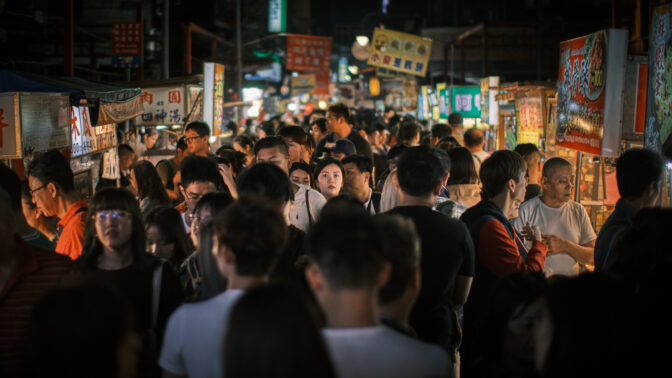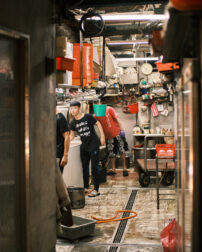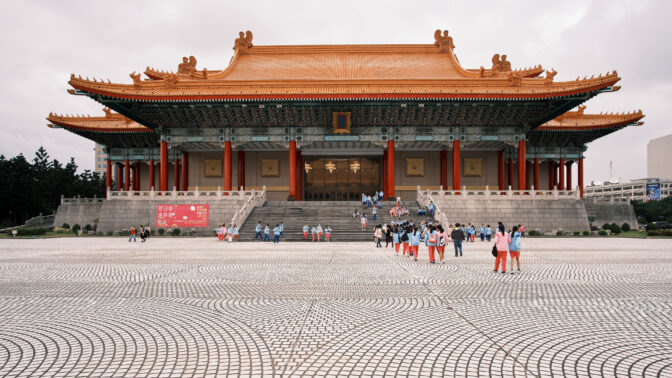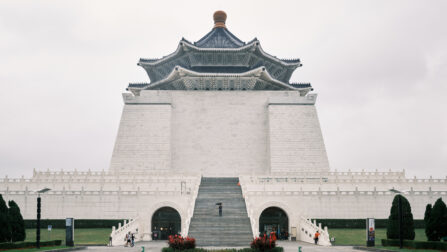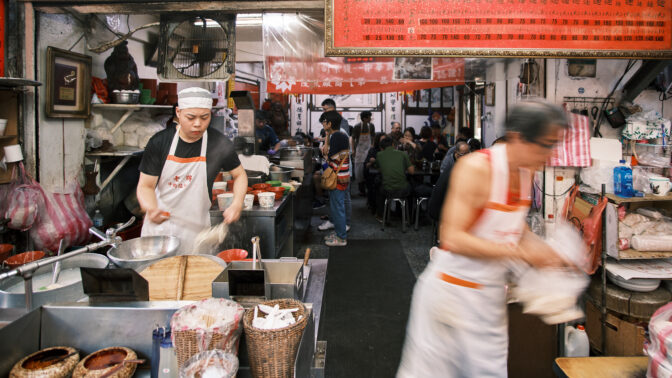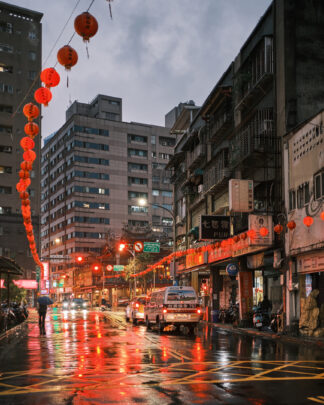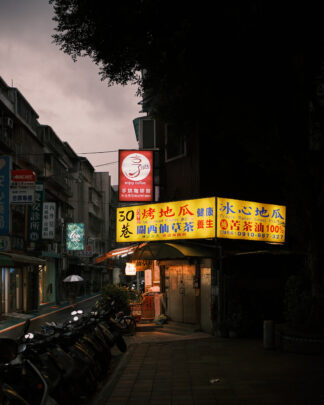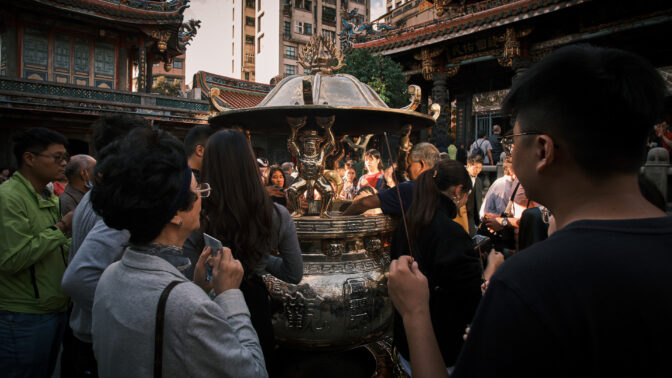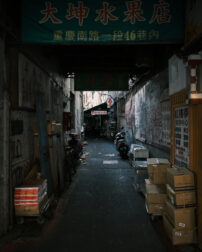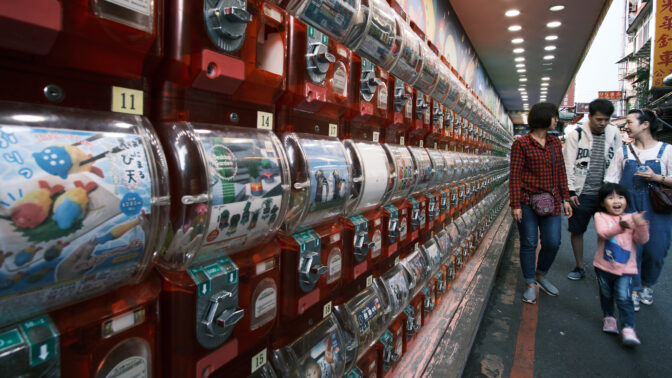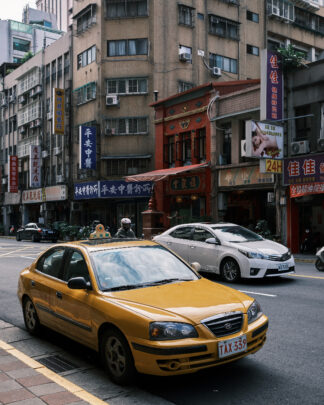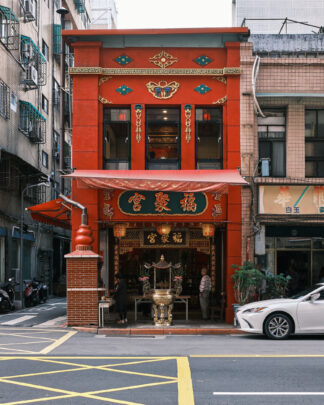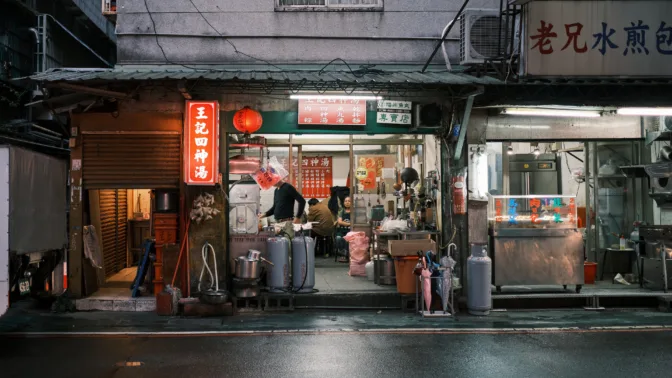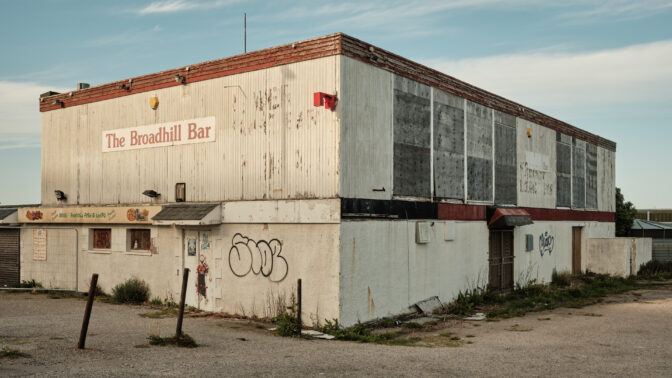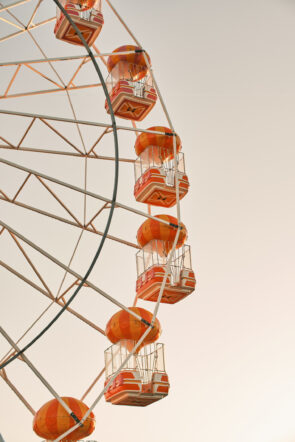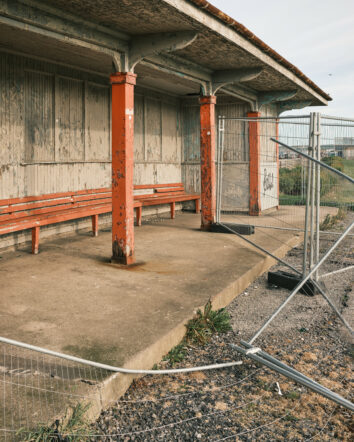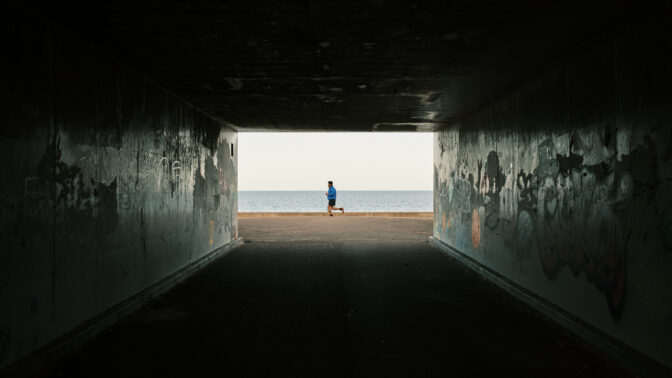Classic Negative film simulation
Testing the new Classic Negative film simulation, comparing it to Classic Chrome and finding a way to use it on any Fuji camera.
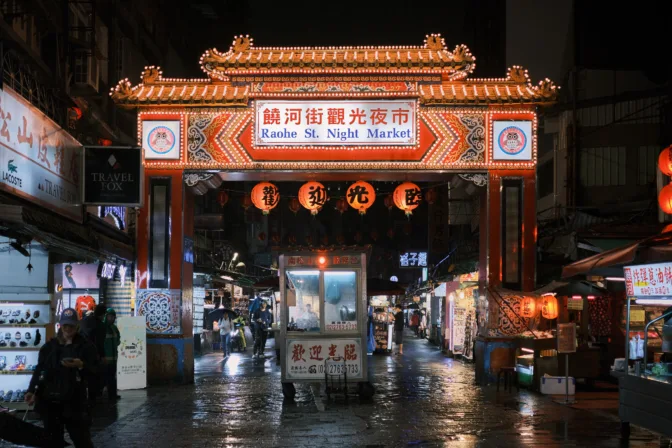
Intro
There’s a nostalgic quality to the Classic Negative film simulation, probably because it emulates a film stock intended for the consumer point and shoot cameras. It’s suited to a surprising number of situations and lighting conditions and is fast becoming a new favourite.
Enhanced color with hard tonality to increase image depth.
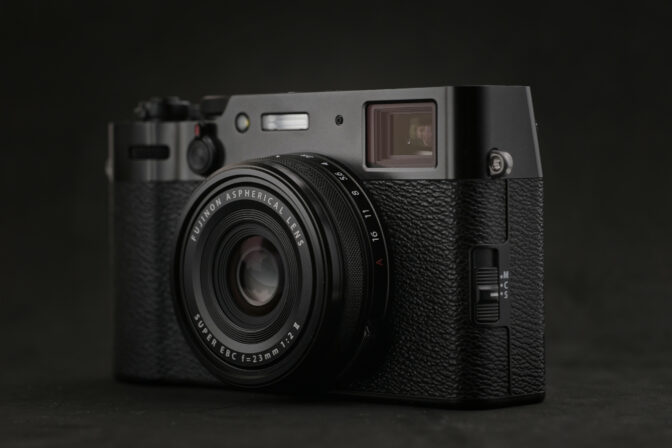 View this image larger
View this image larger
-
X-T4
-
LAOWA 65MM F2.8 CA
-
f/1
-
1/13s
-
ISO 160
Which cameras have the Classic Negative film simulation #
The Classic Negative film simulation is currently available on the following cameras (at time of publishing):
Classic Negative vs Classic Chrome #
Fujifilm states that Classic Negative has harder tonality and higher saturation than Classic Chrome. Based on the comparison below, it does seem to be the case. The Classic Negative film simulation also seems to warm the highlights and cool the shadows. Classic Chrome on the other hand is more neutral and subtle.


Comparison of Classic Chrome and Classic Negative film simulations. All image adjustments are identical except film simulation.
Classic Negative sample images #
Classic Negative sample images in a variety of lighting conditions. The harder tonality and saturation of the Classic Negative film simulation works surprisingly well for low-light environments.
Classic Negative on any Fuji camera #
If your camera isn’t on the list above, there are a couple of options. Classic Negative may come to the X-T3 and X-T30 in future firmware updates. Until it does you can already use Capture One’s version of the film simulation on these two cameras by changing the profile of an imported raw image.
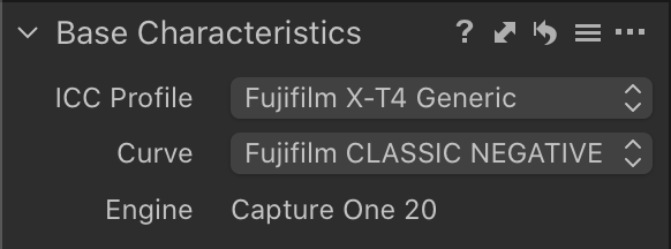 View this image larger
View this image larger
If you are using an older generation camera, you can use ExifTool to trick Capture One into letting you use the new Classic Negative film simulation. ExitTool is used from the command line, so can seem intimidating but is very simple to use. To update all images in a given directory, you would use the following command in a terminal window.
exiftool -model="X-Pro3" ~/Pictures/Taipei/Capture/
You need to update ‘~/Pictures/Taipei/Capture/’ to the path of the directory you are using. An easy way to do this on MacOS is simply drag the folder into the terminal window.
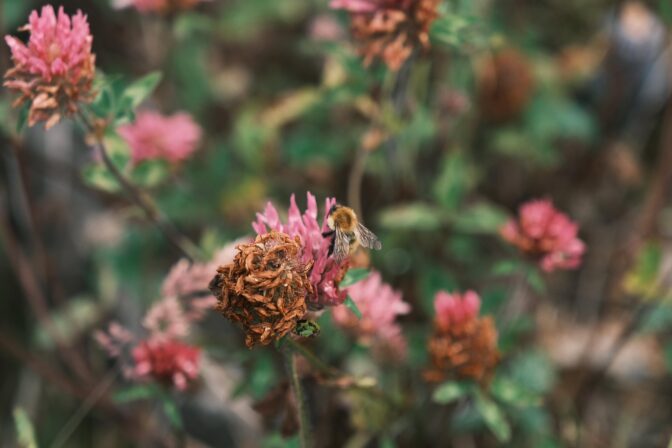
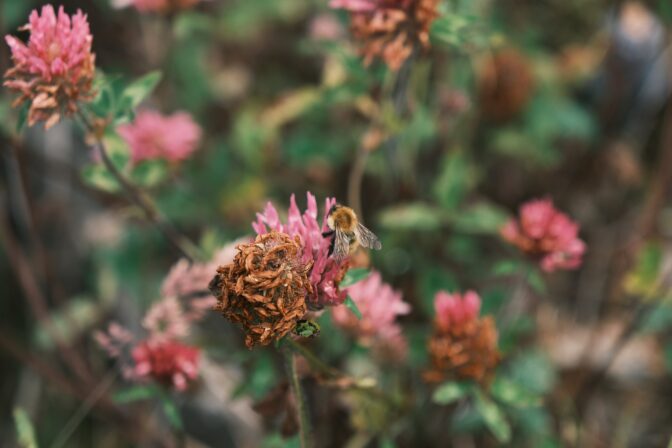
Comparing Classic Negative in-camera to Capture One’s film simulation.
More Fujifilm articles
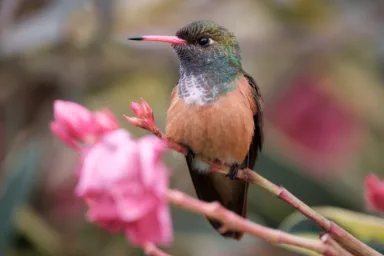
Hummingbirds with the Fuji XH2s and 70-300mm
The Fuji XH2s' bird detection proved invaluable when trying to track the fast-moving Amazilia hummi…
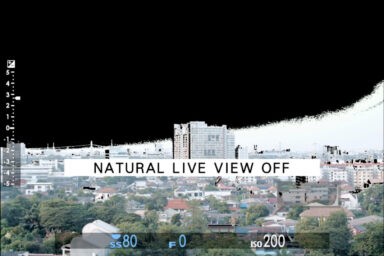
Fuji's Natural Live View
Fuji's Natural Live View explained. What is it? And why would you use it?
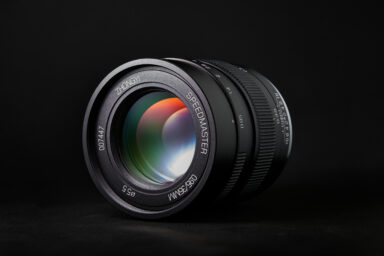
Mitakon 35mm f/0.95 ii review
The Mitakon 35mm f/0.95 isn't for everybody. It's a heavy chunk of metal and glass, manual focus on…
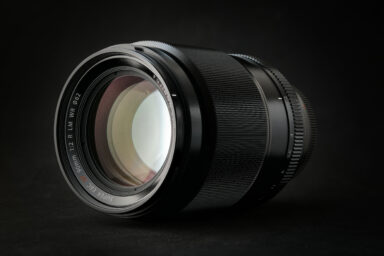
Fuji 90mm f2 field test
Field testing the Fuji 90mm f2 in the Cairngorms National Park, Scotland.
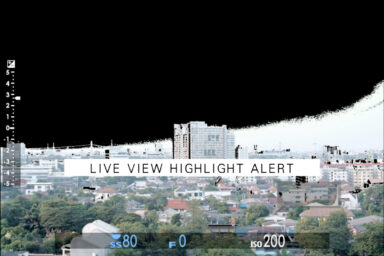
Live View Highlight Alert and Exposing to the Right
Live View Highlight Alert shows when highlights are clipping by flashing the overexposed area black…
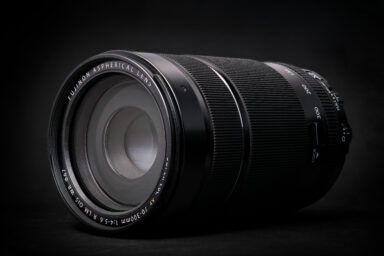
Fuji 70-300 review
The compact size, considerable reach and weather-resistant build of the Fuji 70-300 make it a very …
